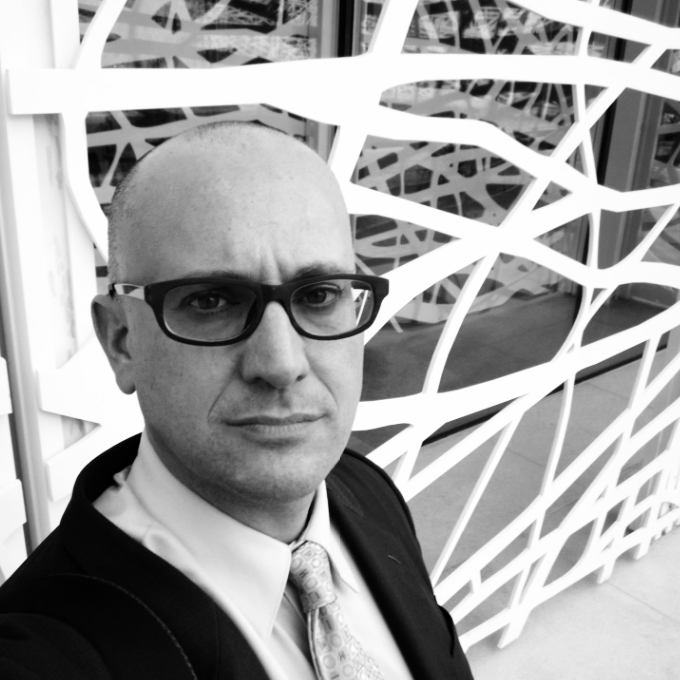While the East Coast and Midwest were smacked with huge snowstorms over the holidays, California got smacked with rainstorm after rainstorm during November and December. Aesthetically the results were pleasing as the Golden State’s hills boasted many shades of green, but the aftermath was not encouraging. A combination of the state’s antiquated infrastructure, its geography, and lack of vision in capturing rain water meant that most of that precious water slid off rooftops, along sidewalks, and down storm drains into rivers, lakes, and the Pacific Ocean.
Since those storms, California has been excessively dry. The Sierra Nevada mountains only received 1/8 of their average January precipitation, which means the state and its residents will have a huge reduction in available water supplies later in the year. For far too long, Californians have wasted too much of its rain and snowfall. Efforts to scale rainwater capture and storage have proven fitful and inconsistent. Recently proposed legislation, however, could put water conservation more in the hands of building and home owners.
California Assemblyman Jose Solorio of Santa Ana introduced Assembly BIll (AB) 275 last week in Sacramento. The Rainwater Capture Act of 2011 would authorize landowners to install, maintain and operate two different rainwater capture systems:
- Rain barrel systems, which do not use any electricity and simply collect water in a large vessel--such as a large barrel adjacent to a home that would retain water for an outdoor garden -OR-
- Rainwater capture systems, which the legislation defined as a more sophisticated system that captures and stores water that flows off any building, parking lot, or road that can be put to use indoors for functions like toilet flushing.
For too long California has relied on massive and pricy public works projects to capture and retain water. As the state’s population approaches 40 million, AB 275 could help put rain water recapture in the hands of individual property owners. If passed, AB 275 would be a positive step in addressing California’s challenges with water conservation.
Leon Kaye is Editor of GreenGoPost.com; you can follow him on Twitter.

Leon Kaye has written for 3p since 2010 and become executive editor in 2018. His previous work includes writing for the Guardian as well as other online and print publications. In addition, he's worked in sales executive roles within technology and financial research companies, as well as for a public relations firm, for which he consulted with one of the globe’s leading sustainability initiatives. Currently living in Central California, he’s traveled to 70-plus countries and has lived and worked in South Korea, the United Arab Emirates and Uruguay.
Leon’s an alum of Fresno State, the University of Maryland, Baltimore County and the University of Southern California's Marshall Business School. He enjoys traveling abroad as well as exploring California’s Central Coast and the Sierra Nevadas.














